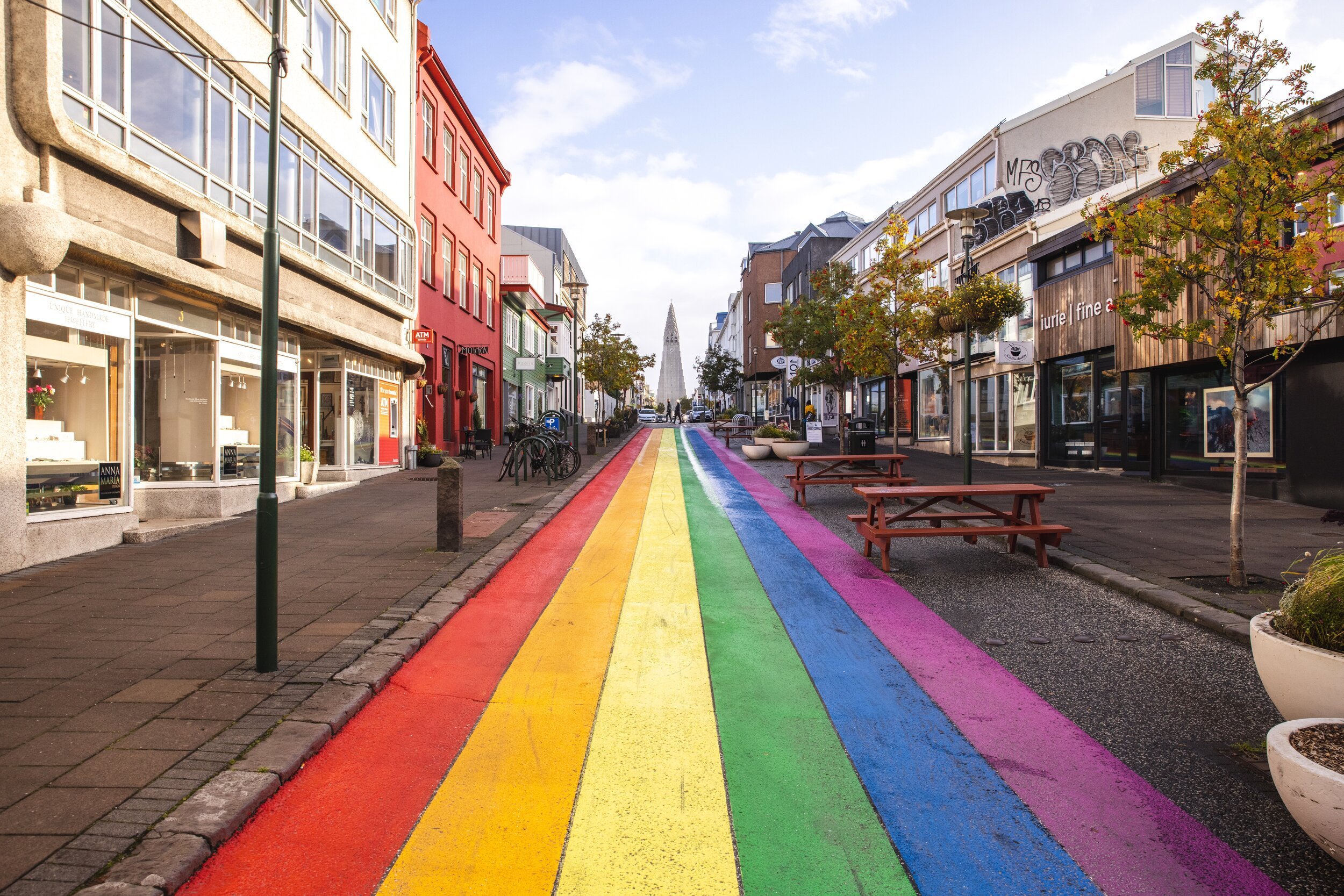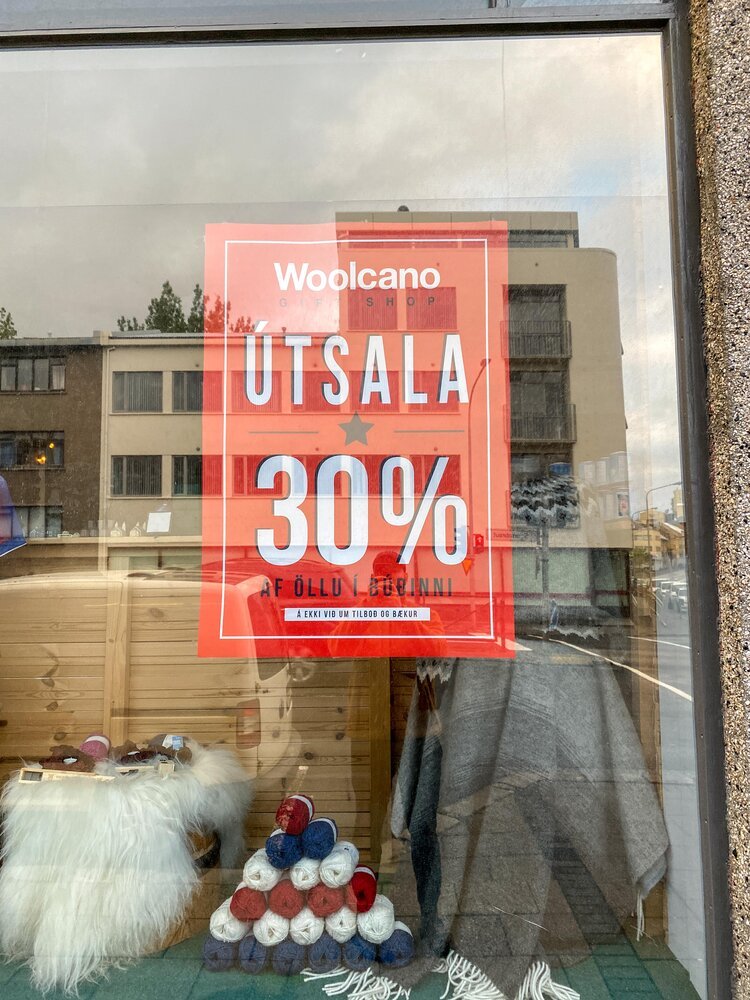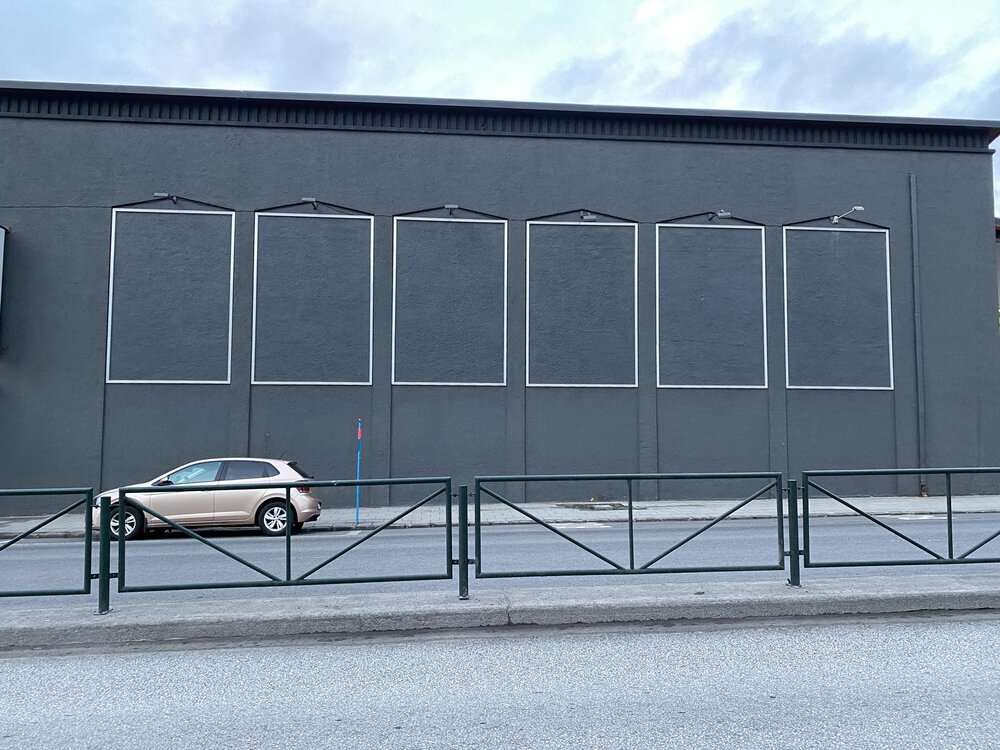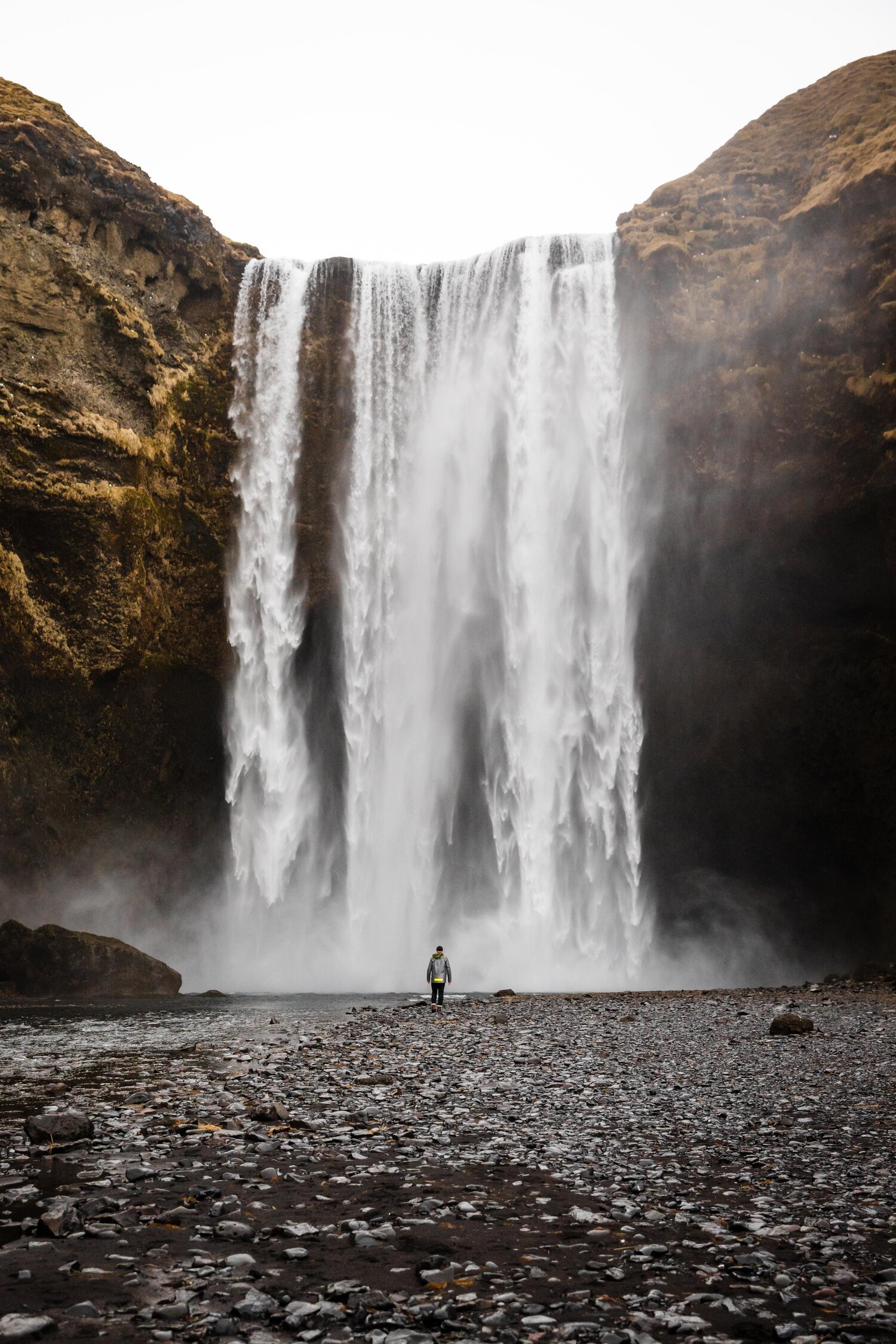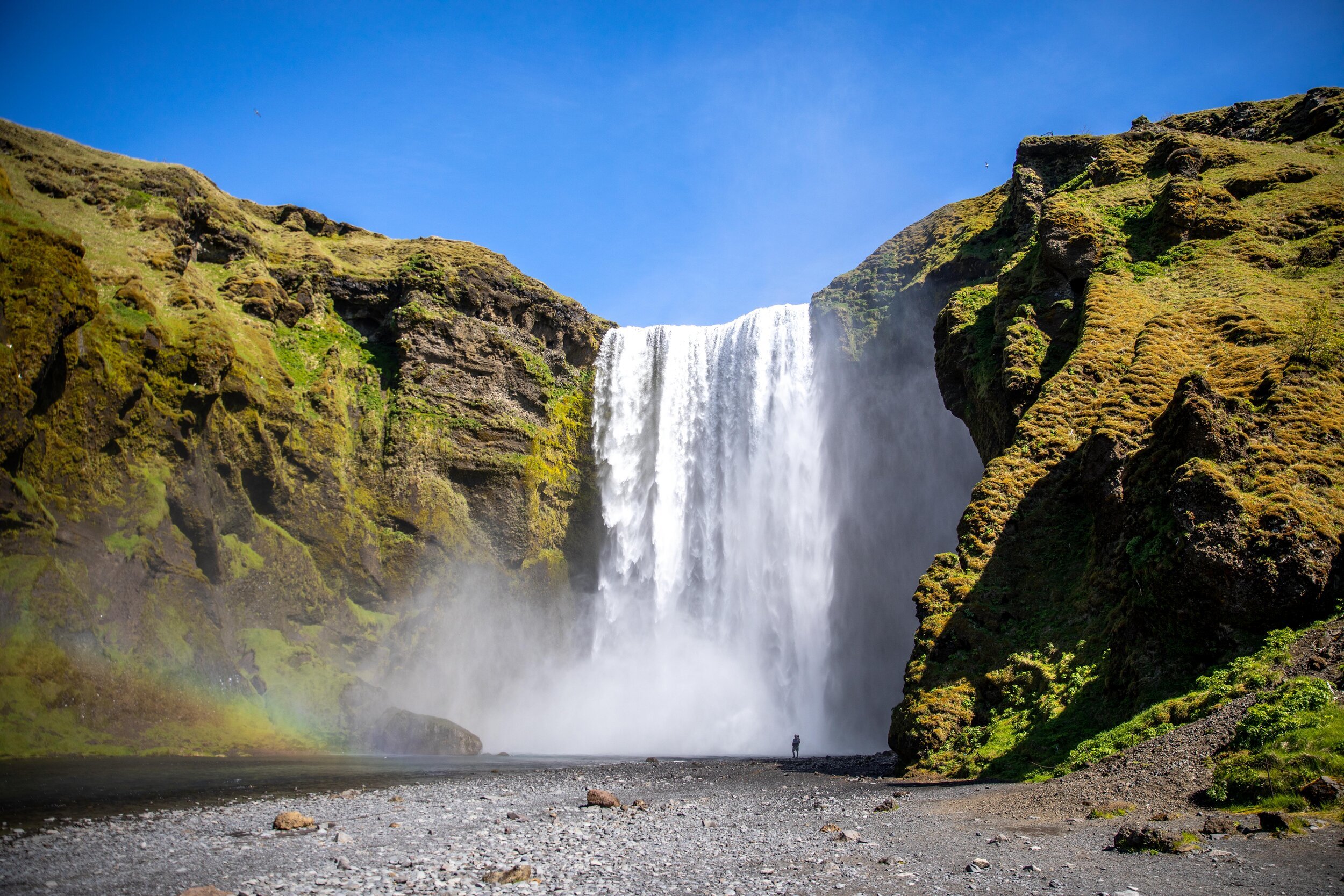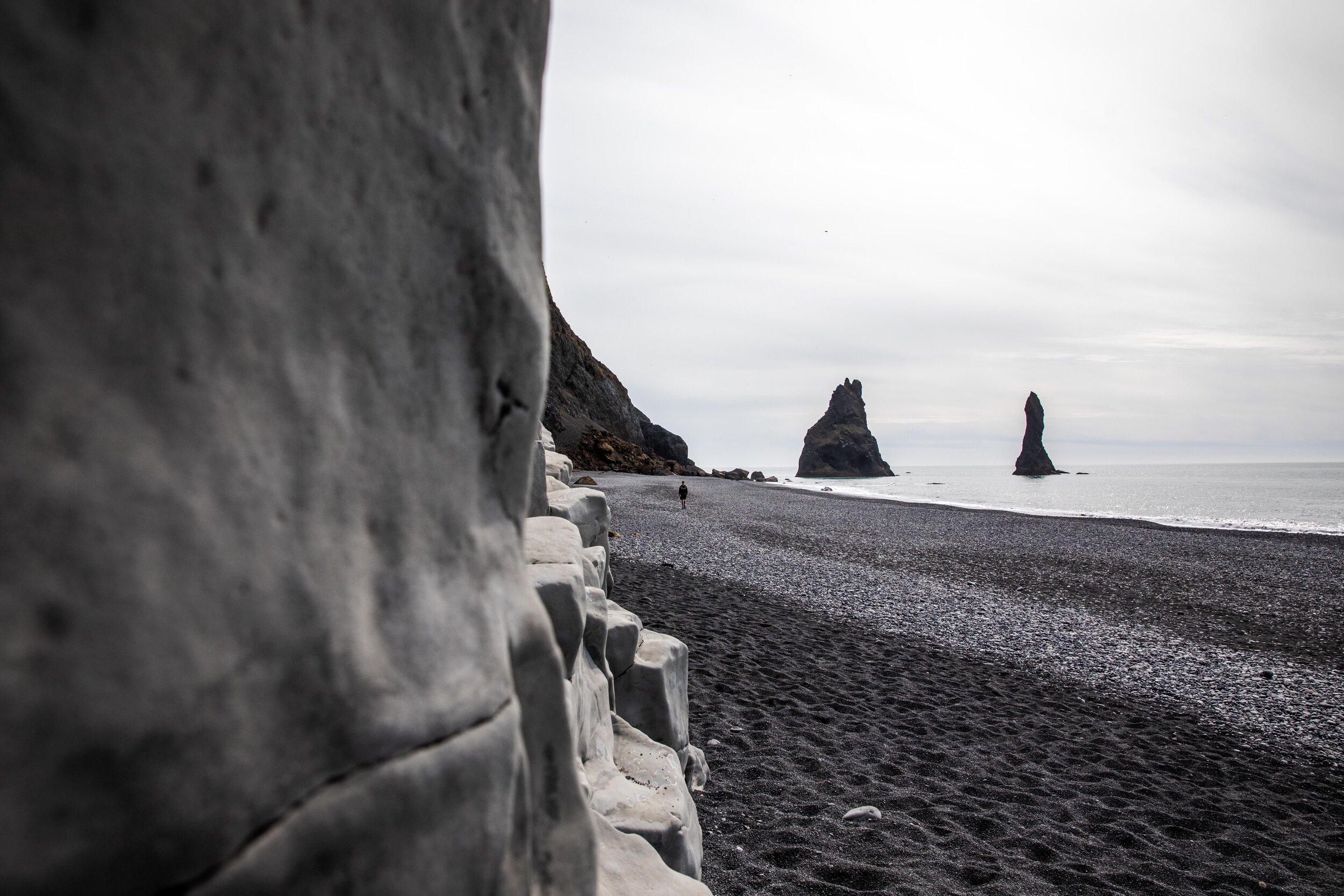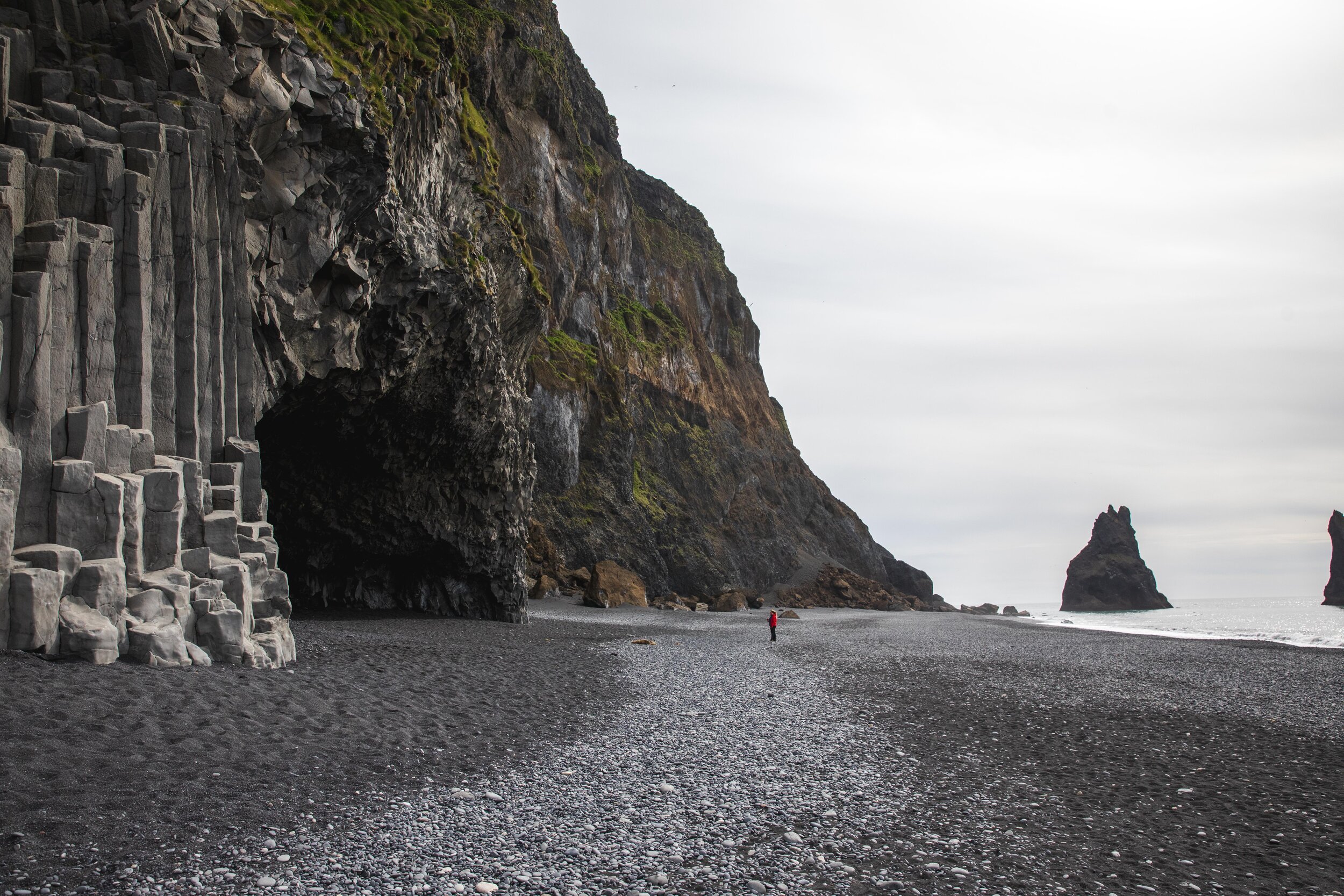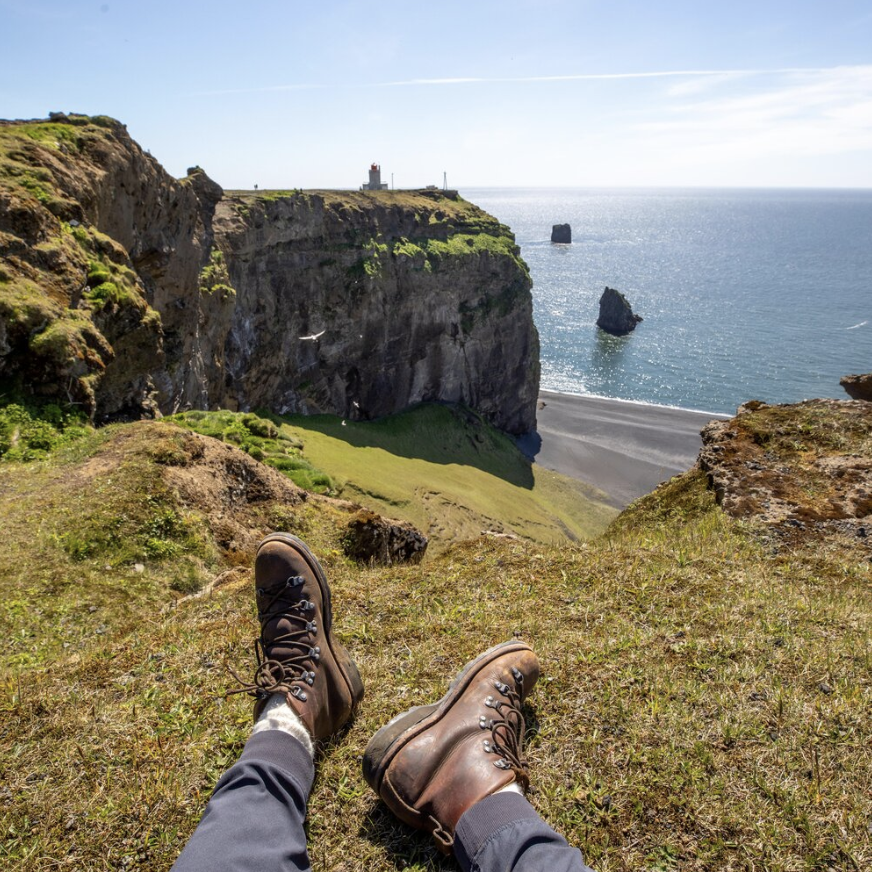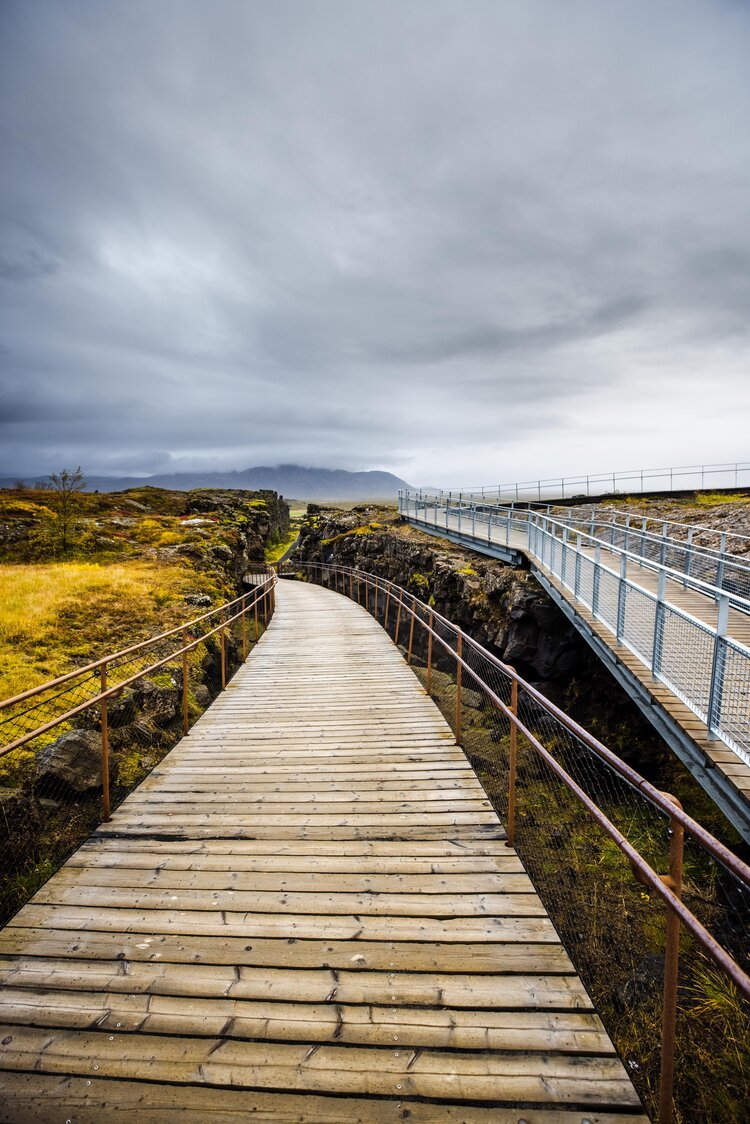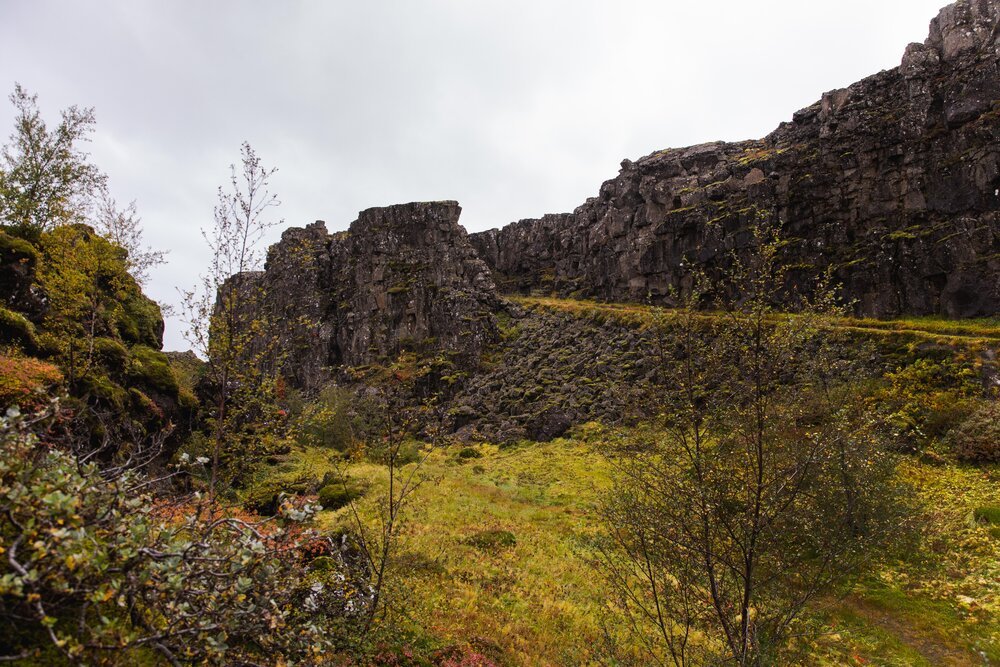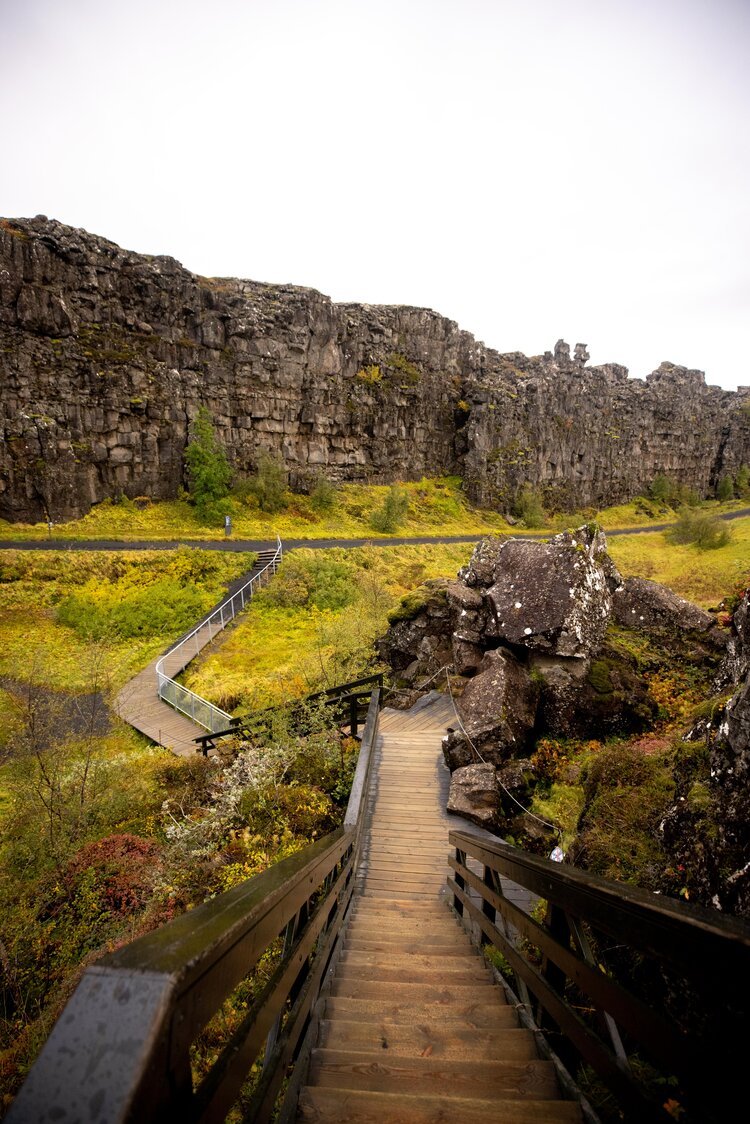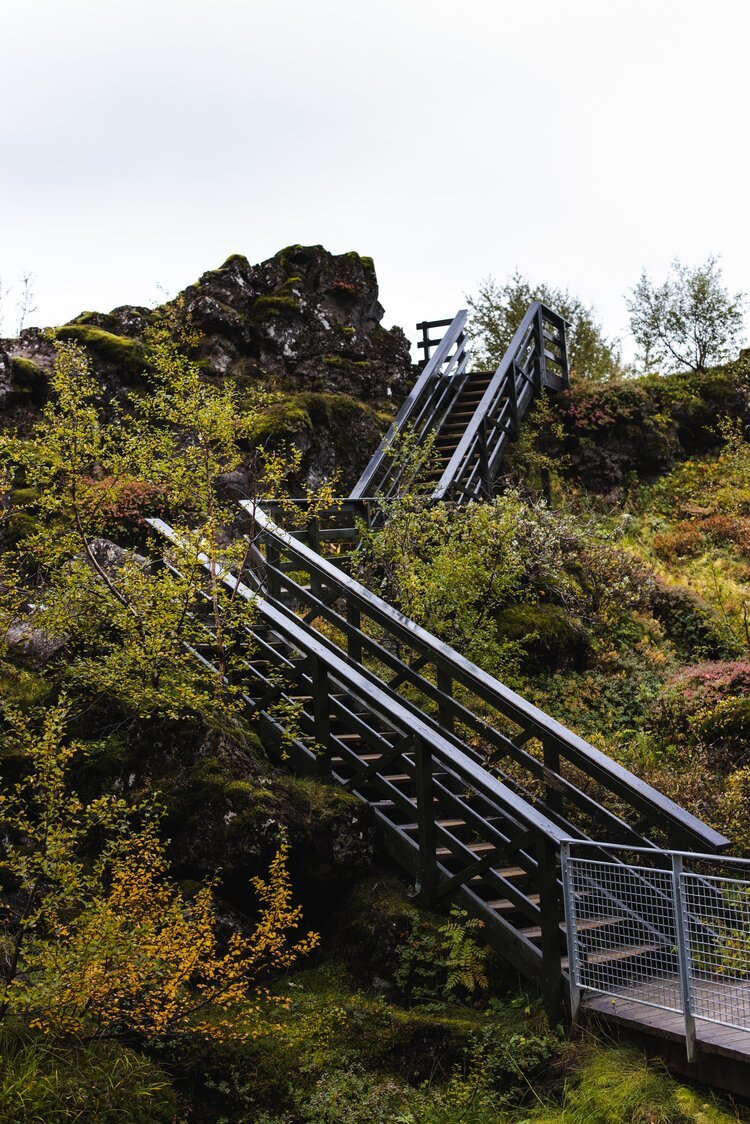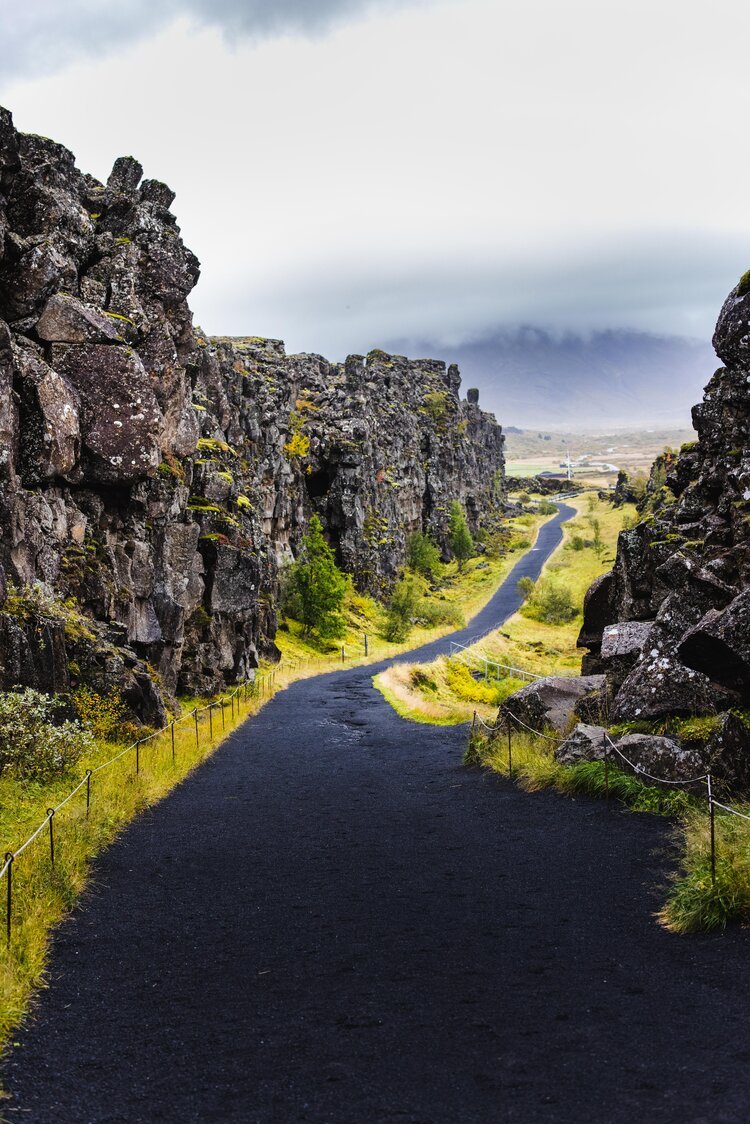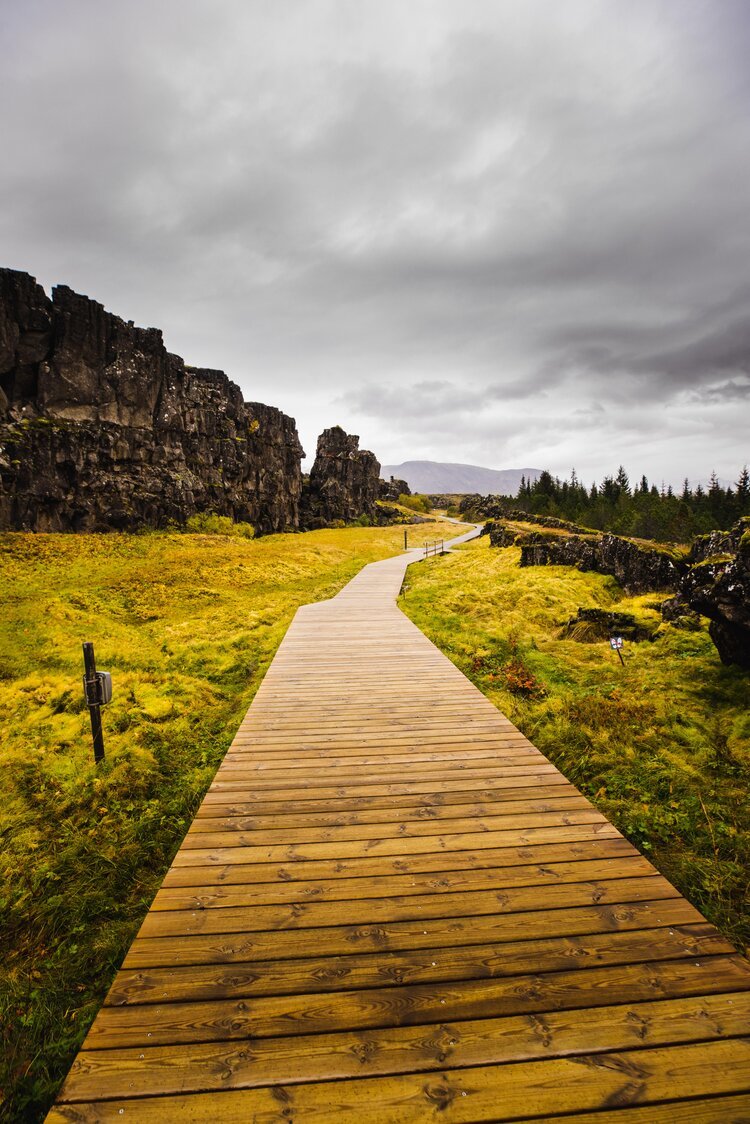The Year of Corona: Iceland without Tourists
With around 2 million tourists coming to Iceland in 2019, the tourism sector had become the largest in the country.
However, in recent years, the industry had already been on a decline, from having grown almost exponentially since the financial crisis. With this trend already in place, the Covid Crisis has hit the industry especially hard, leaving many cities almost completely empty.
It has resulted in mass closures of boutiques, restaurants and gift-shops in Reykjavik’s beautiful downtown - and local communities around the country, which largely had become built around tourism, were suddenly completely paralysed . It has led to unemployment skyrocketing to +20% in some places and making these places feel like abandoned ghost towns.
It has been a very uneven crisis, like in many other places. Some businesses are experiencing better times then ever, while many (tourism related) are experiencing a complete standstill and mass- layoffs. No matter what, there’s a rebalancing taking place in the Icelandic economy - and nobody knows what will come next.
It’s quite likely that Iceland will become popular once this pandemic ends, due to its remoteness, scarce population and low infection rate, but the question remains when this will happen, and how many tourism companies will be left by then.
Below is a series of images from some of the most popular places in Iceland that now have been largely left completely abandoned.
SKOGAFOSS
Skogafoss is one of the most famous and majestic waterfalls in Iceland. Since the tourism boom started after the 2010 Eyjafjallajökul Eruption, this place has always been packed with travelers, coming to admire its beauty. However, in 2020 throughout much of the year, this waterfall has been left completely empty. Having this waterfall all to yourself is something that seemed unthinkable as recent as in 2019, especially on a bright summer day, yet this is exactly what is happening.
It’s an eerie sight, to experience this place so isolated yet there’s a silver lining. Many of these places feature delicate flora and fauna, and during the pandemic, it’s safe to say that nature has gotten a well deserved break to breathe from over-tourism.
Reynisfjara
Reynisfjara is another Icelandic classic sight on the South Coast, famous for its black sand beach and basal rock formations. It’s an Icelandic bucket list destination and it’s not uncommon to see people queuing up for “the perfect shot” standing on the basal rocks. Even finding a parking spot can be difficult at peak times in the summer.
Over the years it has earned a reputation as a dangerous place, due to large and waves, known as “sneaker waves”, that combined with the huge number of unprepared tourists, results in multiple death incidents each year.
Dyrholaey
There’s always a silver lining to most things that take place and during the pandemic it has been no different. The seabirds at Dyrholaey have gotten a well- earned breather - and a the same time, it has been possible to enjoy the serenity at these landmarks, which made them so famous to begin with.
As a photographer myself, I have often sought to explore the most remote corners of the country, searching for unique and serene moments, but during the pandemic, it’s been possible to really “take it all in” during these popular places - and in a way, re-experience them in a new manner.
GOLDEN CIRCLE
The Golden Circle is basically where it all started for Icelands tourism. Even today, Geysir and Gullfoss are some of the first places people think of when you mention Iceland.
Experiencing Geysir all for myself for a whole hour, is something I definitely hadn’t imagined I would ever experience.
more images from around iceland without tourists.
I have many friends and former clients who work in tourism and I really hope that the industry will recover fast once this storm has passed.
In the meantime, here are some more images that capture the emptiness found in some of these popular destinations.

